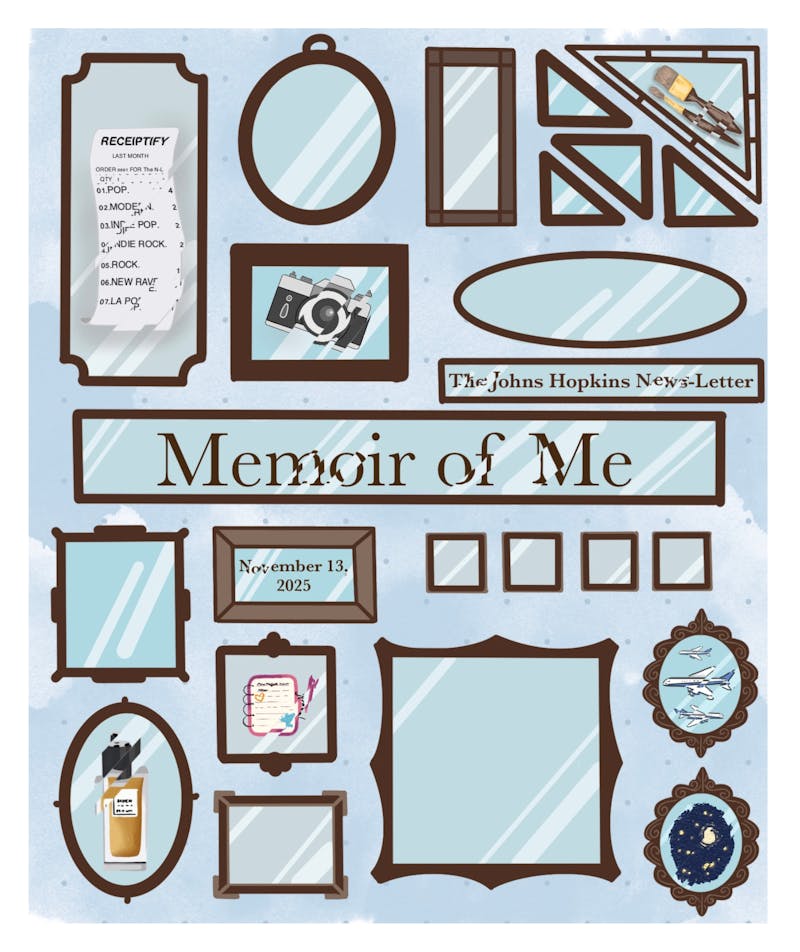W
e all know it, but sometimes, you’ve got to experience it to see just how effed up Baltimore weather can be. Sure, you’ve had those days between summer and fall where the weather swings back into the temperatures of the passing season. You’ve either shivered or sweated as the weather laughed at your assumptions that weather is generally consistent.
Thanks to this past weekend, you now know for sure: Baltimore weather is bizarre. I know you’re thinking that this is just climate change.
First, you don’t even know if climate change is real. I like to think that fundamentalist Christian church from Kansas is right: God is cooking the Earth.
In all seriousness, though, this same event happened in the early ‘80s in December. The temperature reached a scorching high-seventies to low-eighties.
“But Michael,” you say, “that still doesn’t disprove global warming.” Well how about this: the record highest temperature in Baltimore was 107 degrees in July of 1934.
“Still.”
I’m not finished yet. Half of the record lows in Baltimore happened in the last 60 years. Plus, the record low in August, the second hottest month in Baltimore, was set in 1986 when the temperature dropped to a frigid 52 degrees.
There you have it: Baltimore’s climate disproves global warming. Suck it, Al. Although my impressive statistical analysis has disproven global warming, despite “climategate” evidence to the contrary, it is a hardened fact that Baltimore has some weird-ass weather.
According to Wikipedia, the greatest source of knowledge of all time, Baltimore lies in a subtropical humid climate zone.
“Humid” is the key word in this classification. I’m sure none of you have forgotten the abomination unto the Lord that is a Baltimore summer. You freshman will get a taste soon enough. When you step out of your house in July in Baltimore, it is like stepping right back into your shower. You are assaulted with nearly unbearable moisture.
Back before the days of air conditioning, the rich would take a day trip to their summer homes outside the city in Roland Park. You read right, dear reader: Roland Park is the first planned streetcar suburb in America.
Before the city extended its reach, Roland Park once existed as a quiet neighborhood set apart from the hustle and bustle of city-life. Ignore the fact that it is still quiet and is set apart from hustle. This neighborhood was built in part to avoid the heat that was ubiquitous downtown.
Roland Park was designed by the famous architect Frederick Law Olmstead, Jr. Listing everything he designed would be too troublesome for me. Suffice it to say the man was famous.
Clearly, Olmos and the richies didn’t solve their weather problems by moving farther away from Baltimore. So what do we do when the weather warms up in the middle of February? I say enjoy it . . . and panic. Here’s my rule: if you happen to get a lovely day in a harsh Baltimorean winter, you are going to get an equally cruel day in the sweltering Baltimorean summer. This is not to say that the temperature will break past 110 degrees, but the humidity will make you think it did.
The moral of this long-winded story is that if you live in Baltimore, you are going to have to accept the bipolar lady that is its climate. Richies have been trying to escape the heat (and crime) for decades. They move farther and farther away, but the weather stays the same no matter what part of the metro-area becomes home.
I suggest buying a good space-heater and a good air-conditioning unit. Weird weather is just one of those Baltimorean things.


